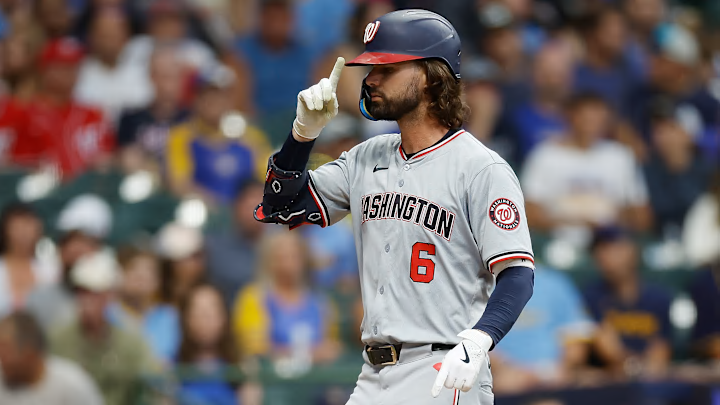2) High-leverage relief pitcher
An area of need and urgency for the Mets team is their bullpen. All season, Mets relievers have been unable to be efficient, being the sixth-worst bullpen in the league in walks and seventh in runs allowed.
According to the stats, as of the seventh inning, the Mets are the team with the highest number of home runs, walks, and runs allowed in MLB, which indicates the need for reliable arms on the team. Edwin Diaz has managed to be efficient but inconsistent, and Reed Garrett, one of the most reliable arms during the season, is out due to an arm injury.
In this sense, the Mets need a reliable figure in a high-leverage situation to serve as a bridge for Edwin Diaz or even cover him on his worst days. In this sense, the Mets find a trade partner in the Tampa Bay Rays, a team that is seeing its playoff chances fall and has an arsenal of intriguing arms.
Along these lines, the case of Jason Adam is presented. The 32-year-old right-hander is having another good season with an ERA below 2.00 and ranking in the top 1% of the league wOBA, a stat that indicates the hitting quality of opposing hitters, which is elite.
The Rays do not have the urgency to trade Adam, who is making $2.7 million this season and would not be a free agent until after the 2026 season. Although factors like Adam's age and that he is heading into his third year of arbitration indicates a possible salary increase, something that plays against the nature and finances of that organization, could incline Tampa to offer it in a trade.
Adam would come in as the second option in the bullpen and could share duties with Diaz in the most pressing situations. The cost could vary between multiple or a top prospect not in the top 10 of the organization, being able to obtain an option with multiple years of control.
